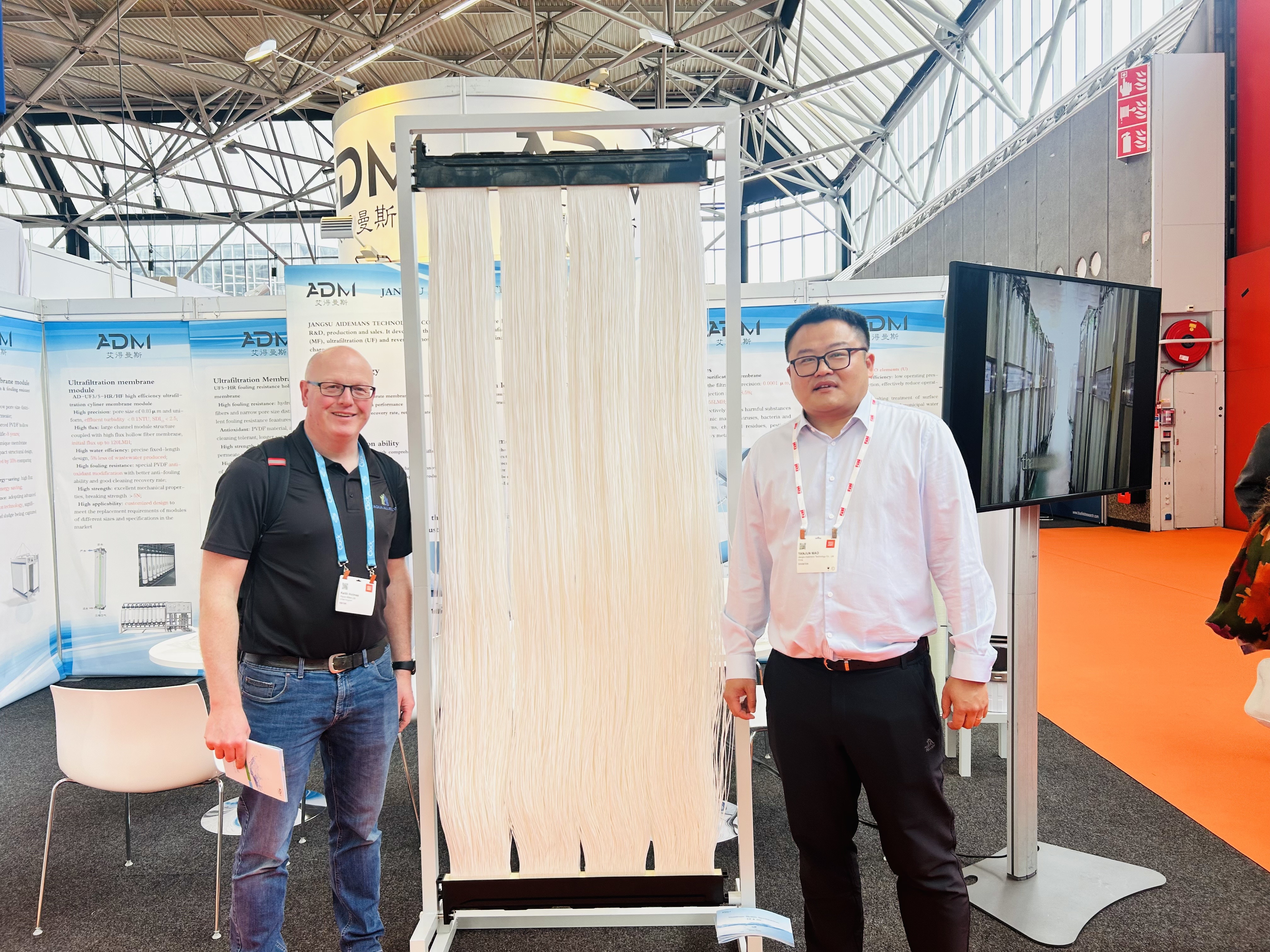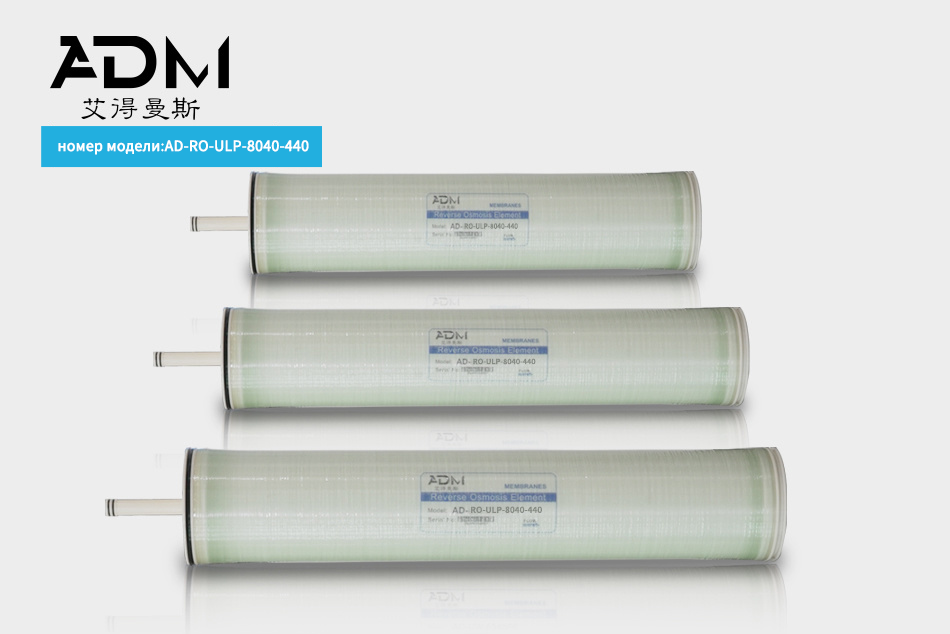Incorporating Microfiltration Membrane Modules into Your Existing Filtration Systems: A Comprehensive Guide
Release time:
2025-07-15
Incorporating Microfiltration Membrane Modules into Your Existing Filtration Systems Table of Contents 1. Introduction to Microfiltration Membrane Modules 2. Benefits of Microfiltration Membrane Modules 3. Applications of Microfiltration in Various Industries 4. Key Considerations for Integration 5. Steps for Integrating Microfiltration Modules 6. Common Challenges and Solutions 7.
Incorporating Microfiltration Membrane Modules into Your Existing Filtration Systems
Table of Contents
- 1. Introduction to Microfiltration Membrane Modules
- 2. Benefits of Microfiltration Membrane Modules
- 3. Applications of Microfiltration in Various Industries
- 4. Key Considerations for Integration
- 5. Steps for Integrating Microfiltration Modules
- 6. Common Challenges and Solutions
- 7. Maintenance and Monitoring of Membrane Systems
- 8. The Future of Microfiltration Technology
- 9. Frequently Asked Questions
- 10. Conclusion
1. Introduction to Microfiltration Membrane Modules
Microfiltration membrane modules are essential components used in various filtration systems to enhance the quality of liquids by removing suspended solids, bacteria, and other impurities. These modules utilize a semi-permeable membrane that allows certain particles to pass while filtering out unwanted contaminants, making them an invaluable asset in industries like water treatment, food and beverage processing, and pharmaceuticals. **Incorporating these advanced filtration modules into existing systems can significantly improve operational efficiency and product quality**.
2. Benefits of Microfiltration Membrane Modules
Integrating microfiltration membrane modules into current filtration systems offers numerous advantages:
2.1 Enhanced Filtration Efficiency
Microfiltration allows for the removal of particles as small as 0.1 microns, ensuring high-quality output in various applications. This precision leads to a **more effective filtration process**, reducing the need for downstream treatments.
2.2 Cost-Effective Solution
By upgrading existing filtration systems with microfiltration modules, businesses can avoid the high costs associated with complete system replacements. This integration renders a **cost-effective enhancement** to operational capabilities.
2.3 Versatility Across Industries
Microfiltration membrane modules can be used in several applications, from **water purification** to **food and beverage processing**, demonstrating their versatility and adaptability to various industrial needs.
2.4 Reduced Waste Generation
The efficient separation of contaminants helps in the reduction of waste generated during processes. This not only leads to cost savings but also aligns with sustainability goals by minimizing environmental impact.
3. Applications of Microfiltration in Various Industries
Microfiltration technology has a wide range of applications across different sectors:
3.1 Water Treatment
In water treatment facilities, microfiltration is employed to remove bacteria, algae, and other particulate matter. This enhances the water quality by providing a cleaner, safer product for consumption.
3.2 Food and Beverage Processing
Microfiltration is crucial in ensuring the stability and clarity of beverages such as fruit juices and wines. Its use in dairy processing helps in **removing unwanted microorganisms**, enhancing the product shelf-life.
3.3 Pharmaceutical Industry
In the pharmaceutical sector, microfiltration is used to sterilize liquids and produce **high-purity solutions**, crucial for drug formulation and safety.
4. Key Considerations for Integration
When considering the integration of microfiltration membrane modules into existing systems, several factors must be evaluated:
4.1 Compatibility
Assess the compatibility of the microfiltration modules with the current system’s design and function. **Identifying the correct membrane material** that aligns with the intended application is critical to ensure optimal performance.
4.2 Flow Rate and Pressure Requirements
Understanding the required flow rates and operational pressures is essential. Ensure that the existing system can accommodate these parameters without compromising efficiency.
4.3 Maintenance and Upkeep
Evaluate the maintenance requirements of the new modules. Establishing a regular maintenance schedule is vital for **prolonging the lifespan of the membrane modules** and ensuring consistent performance.
5. Steps for Integrating Microfiltration Modules
Successfully incorporating microfiltration membrane modules involves a systematic approach:
5.1 Conduct a System Assessment
Begin by performing a thorough assessment of the current filtration system. Identify areas for improvement and determine if microfiltration is the right solution.
5.2 Select the Appropriate Membrane Modules
Choose the right type of microfiltration module based on the specific application, flow requirements, and compatibility with existing systems.
5.3 Design the Integration Plan
Create a detailed plan for how the modules will be integrated into the existing system. This includes layout, connections, and any necessary adjustments to the current setup.
5.4 Implement the Integration
Carry out the integration as per the plan. Ensure that all connections are secure and that the system is set up for optimal performance.
5.5 Test and Monitor Performance
After integration, conduct thorough testing to monitor the performance of the new system. Regular performance monitoring is crucial to ensure the efficiency and effectiveness of the filtration process.
6. Common Challenges and Solutions
While integrating microfiltration modules can enhance filtration systems, challenges may arise:
6.1 Fouling
Fouling occurs when contaminants accumulate on the membrane surface, reducing efficiency. To combat this, implement regular cleaning protocols and consider pre-treatment options.
6.2 Capital Costs
Initial costs can be significant. However, the long-term savings from improved efficiency and reduced waste often justify the investment. Analyze the potential return on investment (ROI) to alleviate concerns.
6.3 System Compatibility Issues
Compatibility with existing systems can pose challenges. Collaborate with manufacturers to ensure the selected modules fit seamlessly and consider possible modifications to the current setup.
7. Maintenance and Monitoring of Membrane Systems
For optimal performance of microfiltration membrane modules, regular maintenance is essential:
7.1 Routine Cleaning Procedures
Establish a cleaning schedule to mitigate fouling. Regularly cleaning membranes prolongs their lifespan and maintains filtration quality.
7.2 Performance Monitoring
Utilize sensors and monitoring systems to track key performance indicators (KPIs) like flow rate, pressure, and permeate quality. This proactive approach allows for timely interventions when issues arise.
8. The Future of Microfiltration Technology
The future of microfiltration technology looks promising, with advancements focusing on improving membrane materials and enhancing filtration efficiency. Innovations such as **smart membranes** equipped with sensors for real-time monitoring are on the horizon. These developments aim to streamline operations, reduce maintenance needs, and improve end-product quality across various industries.
9. Frequently Asked Questions
9.1 What is microfiltration, and how does it work?
Microfiltration is a filtration process that uses a semi-permeable membrane to separate particles from liquids. It effectively removes contaminants like bacteria and suspended solids.
9.2 Can microfiltration be used with existing systems?
Yes, microfiltration modules can often be integrated into existing filtration systems, enhancing their capabilities without requiring complete replacements.
9.3 What are the typical applications for microfiltration membrane modules?
Microfiltration is commonly used in water treatment, food and beverage processing, and the pharmaceutical industry for sterilization and purification processes.
9.4 What maintenance is required for microfiltration systems?
Regular cleaning and performance monitoring are essential for maintaining microfiltration systems. Establishing a routine maintenance schedule can prevent fouling and ensure optimal performance.
9.5 What are the benefits of upgrading to microfiltration?
Upgrading to microfiltration modules offers benefits such as enhanced filtration efficiency, cost savings, reduced waste, and improved product quality.
10. Conclusion
Incorporating microfiltration membrane modules into existing filtration systems presents a significant opportunity to enhance efficiency and effectiveness across various industrial applications. By understanding the benefits, applications, considerations, and maintenance needs, businesses can make informed decisions that lead to improved operations. The future of microfiltration technology holds promise, with ongoing innovations poised to further enhance filtration processes. Embrace these advancements to stay ahead in today’s competitive landscape.


